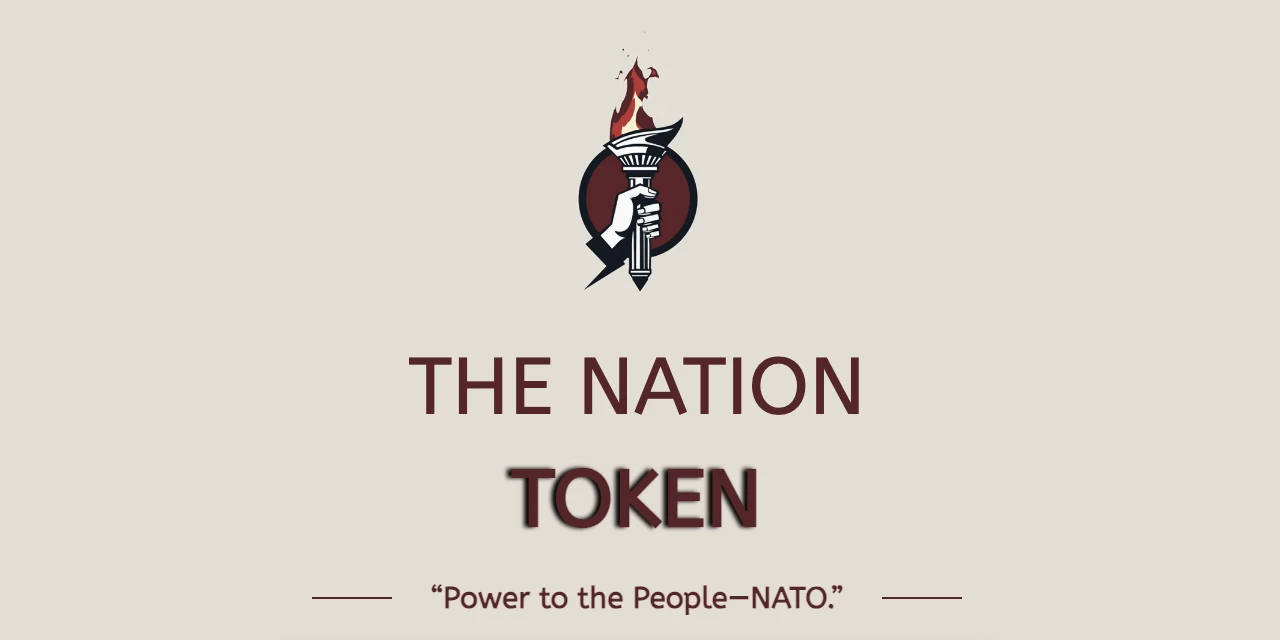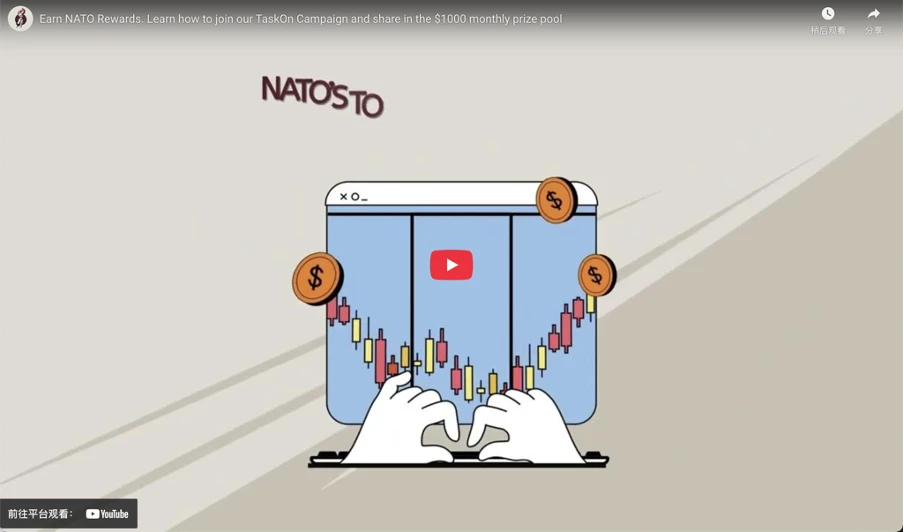Original article from submission
Compiled by Odaily Planet Daily Ethan ( @ethanzhang_web3 )

NATO has a total supply of 1 trillion, 74% of which has been distributed in airdrops - NATO is now listed on Uniswap, AscendEX and Poloniex and can be traded in real time.
NATO ( The Nation Token ) is a decentralized token based on the Base blockchain. After a historic airdrop to 1 million active Base wallets, the token was officially launched. As of March 28, NATO has been available for trading on Uniswap, Poloniex, and AscendEX.
In December 2024, 74% of the total NATO supply — 740 billion tokens — was airdropped equally to 1 million randomly selected Base wallets, with each wallet receiving 740,000 NATO. To reinforce the commitment to long-term decentralization, Uniswap liquidity will be locked until January 1, 2030. The contract address of NATO on Base is: 0xd968196fa6977c4e58f2af5ac01c655ea8332d22 .
Why Create The Nation Token
NATO was born out of growing concern about the direction of modern cryptocurrency development - especially the trend towards centralization. From token distribution to liquidity control to the concentration of governance power, most projects are dominated by a small number of insiders, and ordinary holders have little say.
The goal of Nation Token is to break this pattern and create an asset that is truly owned and governed by the community. Every decision and milestone should be driven by the community, in line with the mantra of power to the people. Currently, the governance platform is in the final stages of development, and once completed, NATO holders will be able to vote on proposals and roadmaps, completing the ultimate goal of a decentralized framework.
Regarding the launch of NATO, Chief Marketing Officer Andrei Popescu said: This is a true experiment in decentralized financial empowerment, showing that people power can shape the market in unprecedented ways. Our goal is simple and groundbreaking - to make NATO the first token in history to achieve a high goal through collective efforts alone.

Video from the official YouTube channel: Earn NATO Rewards
Momentum and Growth
After NATO was first listed on Uniswap (WETH trading pair), its trading activity increased significantly. In the following two weeks, NATO was listed on Poloniex and AscendEX (USDT trading pair), and trading volume increased tenfold. Other exchange listing plans are in the works.
To further increase consensus and user engagement, the team launched a community growth campaign : participants can compete for a monthly 1,000 USDC bonus pool, which is divided among the top 50 members, and the amount of the bonus depends on the projects participation and learning activities. This provides further incentives for token airdrop recipients as well as new token holders to hold tokens.
About NATO - The Nation Token
NATO ( The Nation Token ) is a community-owned decentralized token built on the Base blockchain. The project focuses on fair distribution, transparency, and long-term community governance. 1 million wallets each received an airdrop incentive of 740 billion token shares.
For more information about The Nation Token and its mission, visit the project’s official website , Twitter or join the Telegram group .










